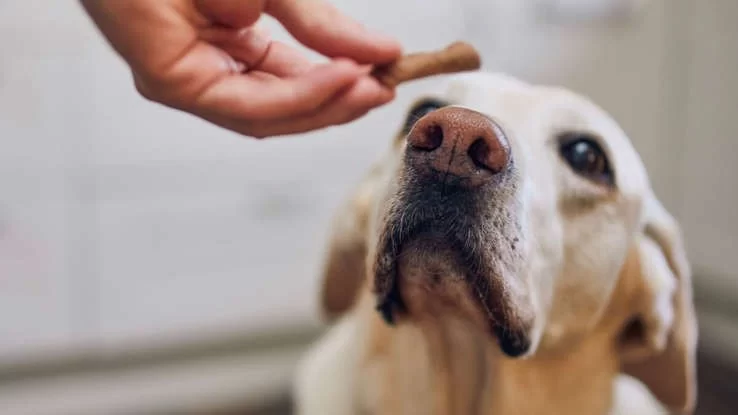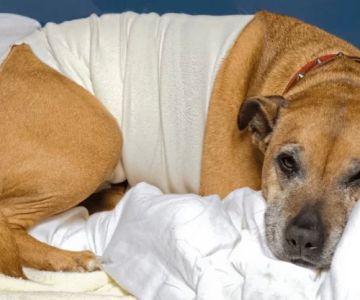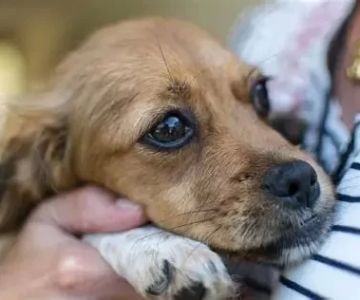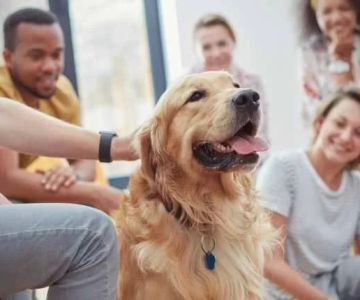- 1 - Understanding Why Your Dog Might Be Avoiding Certain People
- 2 - Common reasons why dogs avoid contact with certain people
- 3 - How to help your dog feel more comfortable around certain people
- 4 - Real-life examples of dogs overcoming avoidance behavior
- 5 - Where to get professional help for your dog’s behavioral issues
Understanding Why Your Dog Might Be Avoiding Certain People
If you've noticed your dog avoiding contact with certain people, you’re not alone. Many dog owners encounter this behavior at some point in their pet’s life. While it can be frustrating, it’s important to understand that this avoidance may not be a sign of disobedience or hostility. Instead, it often points to an underlying cause such as fear, past trauma, or even just a personality mismatch.
Dogs are incredibly intuitive and can pick up on body language, tone of voice, and even scents that we may not notice. For some dogs, unfamiliar or unfamiliar-feeling people can trigger feelings of unease or anxiety. Understanding the root cause of this behavior can help you take the right steps toward improving the relationship between your dog and those they avoid.
Common reasons why dogs avoid contact with certain people
There are several common reasons why your dog might be avoiding specific individuals:
1. Past trauma or negative experiences: Dogs who have been mistreated or had bad experiences with certain types of people (such as children, men, or people in uniforms) may be hesitant or scared to approach them. A traumatic experience may lead to long-lasting fear.
2. Lack of socialization: Puppies who haven’t been exposed to a wide range of people during their formative months may feel anxious around strangers. This lack of exposure can cause a dog to shy away from unfamiliar individuals.
3. Specific behaviors or body language: If a person moves too quickly, speaks loudly, or uses sudden gestures, a dog may find these actions intimidating. Dogs are very sensitive to body language, and certain movements may seem threatening.
4. Illness or discomfort: Sometimes, a dog may avoid someone because they are feeling unwell or in pain. If your dog is acting out of character, a visit to the vet may be necessary to rule out any physical discomfort that could be contributing to their avoidance behavior.
How to help your dog feel more comfortable around certain people
Helping your dog overcome their avoidance behavior requires patience, understanding, and gradual exposure to the people they are avoiding. Here are some helpful tips:
1. Positive reinforcement: Reward your dog with treats, praise, and affection when they calmly interact with the person they are avoiding. Over time, this positive reinforcement will help them associate the individual with good experiences.
2. Gradual exposure: Instead of forcing your dog to interact, introduce them to the person in a calm, controlled manner. Start with brief interactions and increase the time as your dog becomes more comfortable.
3. Respect their boundaries: Never force your dog to approach someone they are uncomfortable with. Give them the space they need and allow them to move at their own pace. Over time, they will become more confident in interacting with new people.
4. Seek professional training: If the avoidance behavior persists or seems to be worsening, consider enlisting the help of a professional dog trainer or behaviorist. They can provide personalized strategies tailored to your dog’s needs.
Real-life examples of dogs overcoming avoidance behavior
One inspiring story comes from a family who adopted a rescue dog named Max. Max was initially terrified of men due to his past experiences with an abusive owner. His new owners, with the help of a trainer, used gradual exposure and positive reinforcement to help Max feel more comfortable. Over time, Max started to approach men with less fear, and today, he’s a happy, well-adjusted dog who enjoys socializing with a wide range of people.
Another example involves Bella, a dog who avoided children due to a lack of early socialization. Her owners enrolled her in puppy socialization classes, where she was gradually introduced to children in a controlled environment. With consistency and patience, Bella was able to overcome her fear and now enjoys interacting with kids during family visits.
Where to get professional help for your dog’s behavioral issues
If your dog is consistently avoiding certain people, it might be time to seek professional help. At Hidden Brook Veterinary, we offer behavioral consultations to help address issues like anxiety, fear, and avoidance in pets. Our experienced team works closely with you to create a training plan that ensures a happier and more comfortable life for both you and your dog.











